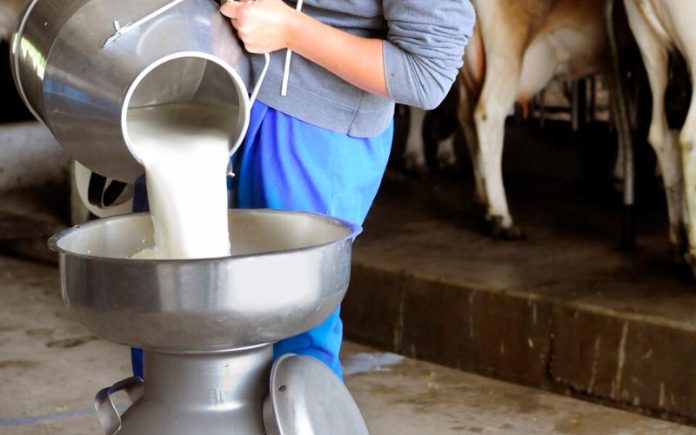Pakistan has become the fifth-largest milk producer in the world, producing around 65 million tons of milk every year. This huge production is mostly thanks to more than 15 million small dairy farms spread across rural areas of the country.
According to the Food and Agriculture Organization (FAO), Pakistan’s success in milk production comes from its traditional and low-cost farming methods. Most rural families rely on simple ways to raise their cows and buffaloes. They use natural feed like grass and crop leftovers, and family members take care of the animals themselves, so they don’t need to hire extra workers. This keeps the overall cost of milk production much lower compared to many other countries.
Experts say that if Pakistan makes some improvements in its dairy sector, it could do even better. For example, better roads and cold storage facilities would help farmers deliver fresh milk to cities without it getting spoiled. More modern veterinary services would also keep animals healthier and increase milk output.
Improving these areas could help farmers earn more money and create more job opportunities in villages. It would also make sure that people in cities get good quality milk and dairy products at fair prices.
Pakistan’s dairy industry has a lot of potential to grow even more in the coming years. With smart planning and government support, the country could increase milk exports and become an even bigger player in the global dairy market while boosting incomes for millions of rural families.


